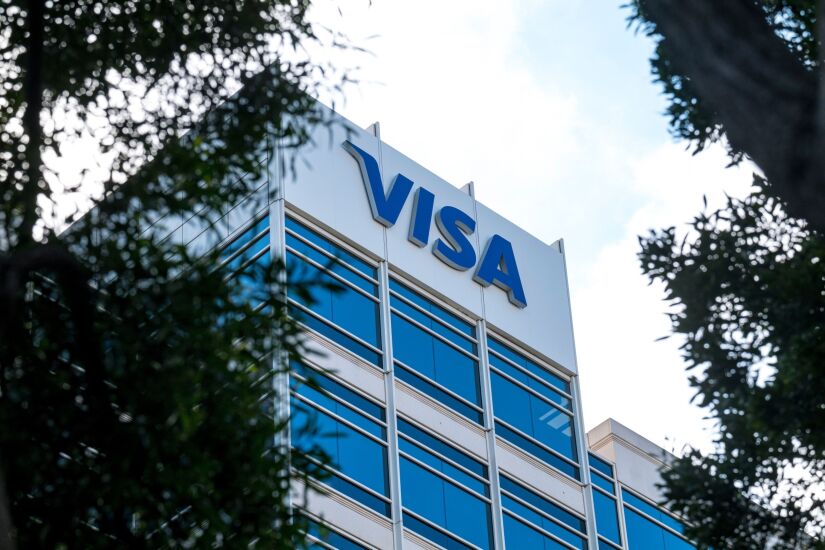The use of digital card payments is expanding, leading banks and payment companies to embrace virtual cards, an old technology that's having a resurgence.
Virtual cards are fully digital — there is no plastic. Virtual cards also have an account number that is distinct from the one assigned to a physical card, or even a dynamic number that can be changed to limit spending, so it's not simply using a traditional credit card to pay on a mobile app or website. The growth of e-commerce and rising complexity in corporate payments are drawing attention to digital cards.
The number of virtual card transactions is expected to rise from 36 billion in 2023 to 175 billion in 2028, according to
Business-to-business payments are driving the growth in virtual cards, as firms look to
Virtual cards can address economic and fraud concerns by providing more control; a virtual card can be issued to specific users with distinct parameters, according to David Shipper, a strategic advisor for Datos Insights.
"If you don't want a permanent card or if you want to support a specific purpose, a virtual card can make that happen faster and it can save the costs involved with a physical card," Shipper said. "It's good timing for virtual cards, there are a lot of use cases that are on the rise and others will come up."
Here are some examples of companies that have added or expanded uses for virtual cards in the past few months.
Kate Fitzgerald contributed to this story.














